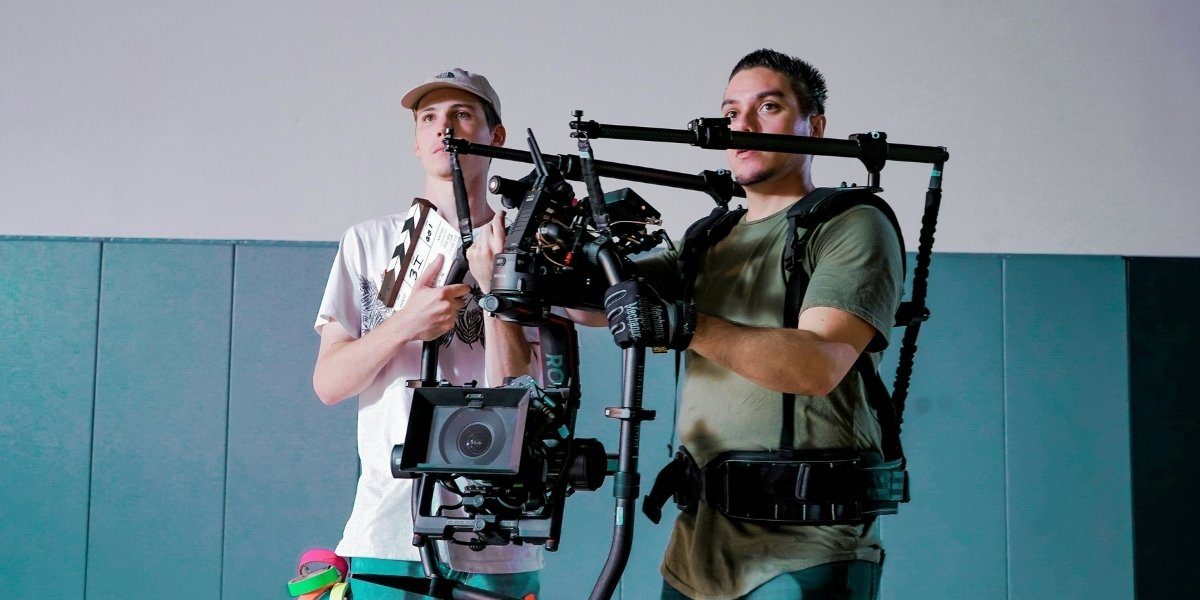How Has Virtual Production Transformed Modern Filmmaking?
Virtual production has reshaped the way movies are made, combining the artistry of traditional filmmaking with the power of digital technology. At its core, virtual production uses green screen cinema and advanced computer graphics to place actors in digital worlds that once existed only in imagination. Early green screen techniques often created noticeable gaps between live-action and background, but today’s technology delivers seamless, immersive environments.
Films like The Mandalorian demonstrate the breakthrough power of virtual production. Using LED walls displaying real-time digital backgrounds powered by game engines such as Unreal Engine, actors interact naturally with their surroundings. This approach contrasts with older green screen methods, where actors often performed in empty studios, imagining their environment. Virtual production not only enhances creativity but also speeds up the filmmaking process by reducing post-production.
Read Also: From Pixels to Blockbusters: The Amazing Journey of Special Effects in Today’s Movies
What Is Green Screen Cinema and Why Does It Matter?
Green screen cinema involves shooting subjects in front of a bright green backdrop, which can be replaced digitally with any scene or environment. This technique is foundational to virtual production, offering unparalleled flexibility.
Notable movies like James Cameron’s Avatar pushed green screen technology to new heights, combining motion capture with CGI to create fully digital worlds. Similarly, Alfonso Cuarón’s Gravity used green screens and virtual sets to simulate the zero-gravity environment of space, delivering a breathtaking cinematic experience.
Green screen technology allows filmmakers to create scenes that would be too costly or impossible to shoot on location. It enables the production of fantasy worlds, historical settings, or futuristic landscapes, expanding the possibilities for storytelling.
How Does Virtual Production Work in Practice?
Virtual production integrates several cutting-edge technologies. Large LED volume stages, where high-resolution LED screens surround actors, display dynamic backgrounds that change in real time with camera movement. This was famously used in The Mandalorian, allowing real-time rendering of the alien planets where the story unfolds.
Motion capture tracks actors’ movements and facial expressions, letting digital characters blend naturally with live-action footage. The Avengers: Endgame team used extensive virtual production techniques to create immersive battle scenes, blending practical and digital elements flawlessly.
Virtual cameras operated inside the digital environment provide directors with real-time views of the scene, enabling precise framing and lighting adjustments on set rather than in post-production. This synergy between physical and digital elements makes the production process more collaborative and creative.
What Impact Has Virtual Production Had on Storytelling?
Virtual production has profoundly impacted how stories are told. By removing physical location limitations, filmmakers can transport audiences to distant galaxies, ancient civilizations, or entirely new worlds with ease.
The emotional performances in The Mandalorian benefited from actors seeing their digital environments live, helping them react more naturally. In Avatar, the immersive virtual sets allowed actors to interact with CGI creatures, heightening authenticity.
This technology also lowers costs and reduces logistical challenges, enabling smaller studios and independent filmmakers to explore ambitious projects. As a result, virtual production fosters innovation and diversity in storytelling, opening doors for new voices and narratives.
What Challenges and Considerations Accompany Virtual Production?
While virtual production offers remarkable advantages, it also presents challenges. Setting up LED volume stages and integrating complex technologies require substantial investment and technical expertise. Smaller productions may find costs prohibitive.
Data management is critical; real-time rendering and motion tracking generate vast amounts of data needing powerful hardware and storage solutions. Technical glitches or latency can disrupt filming, demanding skilled technicians.
Creatively, some directors argue that physical locations offer spontaneous energy and authenticity difficult to replicate virtually. Balancing virtual and practical effects remains a nuanced artistic decision.
Read Also: The Icons of Seattle: From Musicians to Tech Innovators
How Will Virtual Production Shape the Future of Cinema?
Virtual production is set to become standard in filmmaking as technologies advance and costs decline. Innovations like augmented reality (AR) and artificial intelligence (AI) promise to further enhance creative possibilities.
Future films might incorporate deeper interactivity, blending virtual production with immersive experiences in VR and mixed reality. This evolution could blur the lines between viewer and participant, transforming cinema.
As demonstrated by The Mandalorian, Avatar, Gravity, and Avengers: Endgame, virtual production empowers filmmakers to push boundaries, creating visually stunning and emotionally engaging stories. The fusion of technology and artistry heralds an exciting era for cinema.






